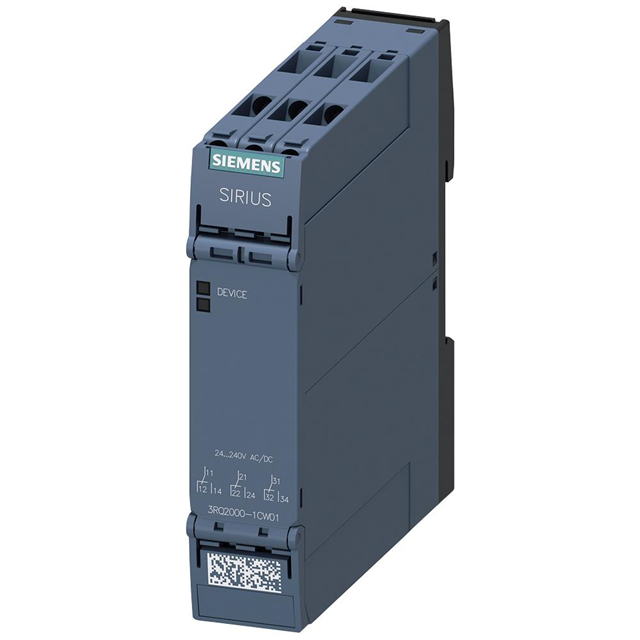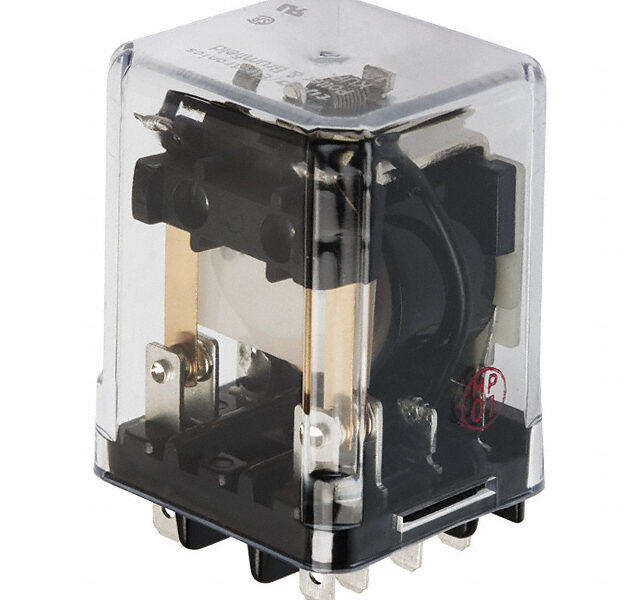Form C contacts, also known as “Changeover” or “Transfer” contacts, are a specific type of contact arrangement commonly used in relays, switches, and other electrical devices. They are named “changeover” because they enable the switching of the output from one state to another when the relay coil is energized or de-energized.
Form C contacts consist of three terminals:
- Normally Open (NO) Contact: This is one of the three terminals, and it is normally in an open state when the relay coil is not energized. When the relay coil is energized, the normally open contact closes, allowing current to flow through it. This means that the NO contact is the output that becomes connected to the common (COM) contact when the relay is activated.
- Normally Closed (NC) Contact: This is the second of the three terminals, and it is normally in a closed state when the relay coil is not energized. When the relay coil is energized, the normally closed contact opens, interrupting the current flow through it. This means that the NC contact is the output that becomes disconnected from the common (COM) contact when the relay is activated.
- Common (COM) Contact: This is the third terminal, and it serves as the common connection point for both the normally open (NO) and normally closed (NC) contacts. When the relay coil is not energized, the common contact is electrically connected to the normally closed (NC) contact. When the relay coil is energized, the common contact is electrically connected to the normally open (NO) contact.
The beauty of Form C contacts lies in their ability to switch between two separate circuits or states when the relay is activated or de-activated. They are widely used in applications where the switching between two paths is necessary, such as in safety circuits, power distribution systems, automatic control systems, and communication systems.
Form C contacts provide versatility and flexibility in designing electrical systems, making them a popular choice in various industries where reliable and precise switching is required.
For example, imagine a relay controlling the power supply to a motor. When the relay coil is not energized, the normally closed (NC) contact is closed, and the motor is powered. When the relay coil is energized, the normally closed (NC) contact opens, cutting off power to the motor, while the normally open (NO) contact closes, activating another component or system in the circuit.

